There can be many unknowns when embarking on a major new training project and clients will often ask questions like 'What can I get for my budget? How do I know that the final product is going to meet my needs, work on our systems, and genuinely be the best that I can get?' As a training provider we must cater to the often unique needs of the client, while ensuring superior quality and consistency throughout.
The 4Ds of digital learning design and development
To do this we use the '4D' process for project management consisting of four stages, Discover, Define, Develop, Deliver:
DESIGN
We use what you already have: knowledge, content, systems, trainers and expertise
- Objectives & challenges
- Audience analysis
- Existing content
- Existing technology and infrastructure
- Learning culture and digital learning maturity
- Subject matter expertise and training capability
- Project schedule
- Success measures
DEFINE
We apply our learning design framework to recommend the best approach
- Learning strategy
- Creative approach
- Learner journeys
- Technical and platform recommendations
- Storyboards
- Prototypes and mock-ups
- Comms and engagement plans
DEVELOP
We repurpose or build all learning materials. We ensure any delivery teams are ready
- Alpha and Beta builds of digital content
- Creative oversight
- Instructor support programme
- Platform development and implementation
- User testing
- Rigorous QA
DELIVER
We assist with roll-out, technology, live delivery, evaluation and data-analysis
- Objectives & challenges
- Audience analysis
- Existing content
- Existing technology and infrastructure
- Learning culture and digital learning maturity
- Subject matter expertise and training capability
- Project schedule
- Success measures
The above process (download this 4D checklist here) allows us to bring transparency and accountability to all stages of the project, and gain a full understanding of a learner's needs. This approach also provides our design team with the opportunity to express themselves and bring genuine creativity to the solution.
The 4D process is a deceptively simple approach designed to be applied to projects of any scale; from a short digital learning module, to bespoke immersive learning experience or major blended learning deployment.
Here is a break down of how we use the 4D's to ensure the successful design and development of a training project:
1. Discover
Before beginning to implement a solution, it is important to take the time to fully understand the specific challenges and factor in any client ambitions, constraints and strengths. These can consist of a range of considerations such as a step change in learning, the desire to adopt a new learning technology across the organisation, needing regular communication with knowledgeable subject matter experts (SMEs), learners having limited access to the internet, or working remotely.
Often there can be the temptation to just ‘get on with it’, but experience has shown us that the work to design, develop and effectively deploy the content and technology will move far faster when underpinned by shared goals and understanding.
For most projects this phase can be completed in a matter of days, and with a full picture of the client needs we can be flexible to their situation, accurately plan resources, and put processes in place to work efficiently with the SMEs.
The constraints of a situation can also act as a spur for the creative team to do their best work and create something genuinely innovative and engaging for the learners. Read more about how to increase learner engagement.
In the Discover phase we must:
1. Establish the goals and success measures
2. Ensure we really understand the audience and their needs
3. Conduct a top-level review of existing content and identify any gaps
4. Understand SME availability and agree ways of working
5. Demonstrate content and creative options for the solution and agree a best fit for the client
6. Fully understand client systems and plan for deployment
7. Finalise a proposal for the programme, including costs and schedule of work
We have found that this process is very beneficial to clients and can dramatically save on costs. In some of our recent discovery phases we managed to:
- Cut a planned 8hr security training course down to 45 minutes
- Learn stories from within an organisation that formed the basis of compelling interactive stories
- Help clients genuinely evaluate the merits or otherwise of eye-catching immersive training solutions.
- Save clients tens of thousands of pounds in off the shelf materials
- Find the right platform for delivering blended solutions to challenging business areas
As a platform and solution agnostic business, we have nothing to gain from selling a client a solution that won’t work for them. The Discover stage ensures that we never have to.
2. Define
The focus of the second stage is to use this insight to create an inspiring learner journey - a blend of learning strategy and engagement techniques that will get to the heart of the audience’s needs and expectations.
Integral to the journey is having the right creative approach. To do this, our Learning Experience Designers (LxDs) work in parallel with our creative and employee engagement teams, who bring elements from film, advertising and behavioral science to create a truly compelling learning experience; rather than the ‘click next’ approach that so much digital learning still follows.
We take transparency and stakeholder engagement at this stage very seriously. From the very first outline of the journey, overview documents, scripts, and storyboards allow the SMEs to have full visibility of content, and ensure that it is accurate and compliant. For more complex solutions, prototypes let you see how the whole thing comes together, and allow us to ensure that whatever your preferred platform of delivery, our content will work seamlessly.
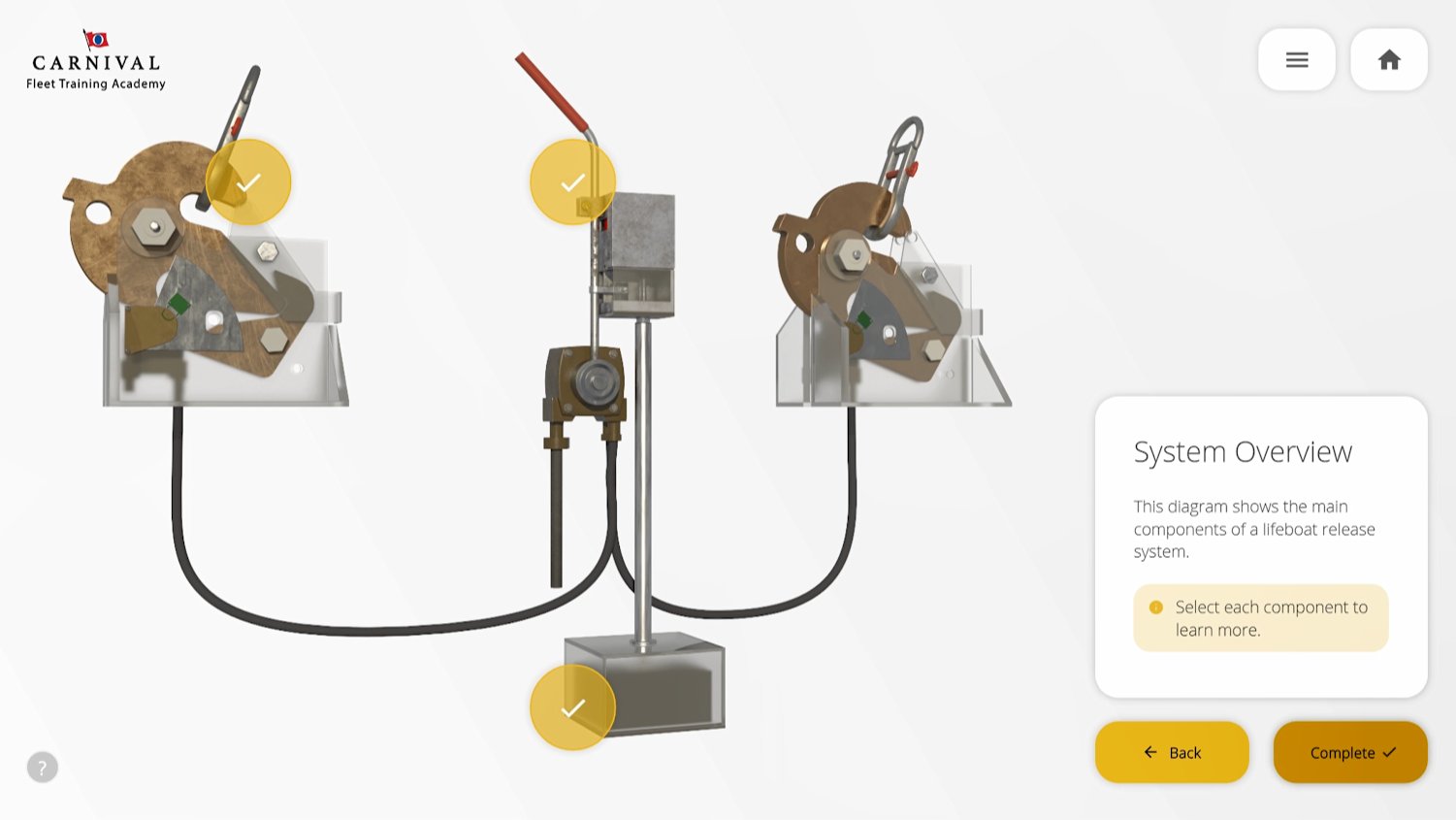
Storyboards for crucial lifeboat training for Carnival Cruises needed to be seen and checked by experts from around the corporation to ensure accuracy.
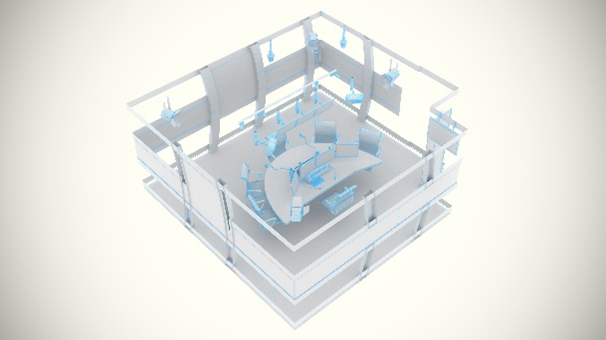
Prototypes for our award-winning VR Radio Studio allowed us to user test all interactions, and ensure the client had a full understanding of how the solution worked, before taking to the next stage of development.
3. Develop
Once we have a shared understanding of the project goals, signed off designs and storyboards, the Develop stage is the process of managing production so that we deliver an outstanding product to the timelines.
The creative approach is implemented across all elements, overseen by a creative director and a senior learning designer, to ensure that the final product is both engaging and effective - and that it meets the expectations set out at the start of the process.
We take QA and testing very seriously, and will have already been doing this with prototypes and storyboards. However, it is at this stage though that the final creases are ironed out. We use internal and external testers for checking the user experience, and you will have opportunity to review content in Alpha, Beta and Gold builds. Alpha for initial testing, Beta for a feature complete version that will help us iron out any remaining bugs, and Gold for final delivery.
If we are working on live content, such as virtual classroom sessions, then we will do dry runs with your instructors, and ensure that they are comfortable with both the materials and methods of delivery. We can then iterate materials accordingly, and involve our co-facilitators to give your audience the best possible experience.
4. Deliver
There is no point creating great learning content if nobody knows about it. Delivery can be supported by communications and engagement campaigns as required. This where we work closely with our sister agency Forty1.
We also support on the technical side. We will deliver and test content on your platforms. This can be anything from setting up classes and activities on an LMS, to delivering VR headsets, or supporting live delivery.
Our augmented reality machinery training solution being deployed at Carnival’s CSMART training facility in Almere:
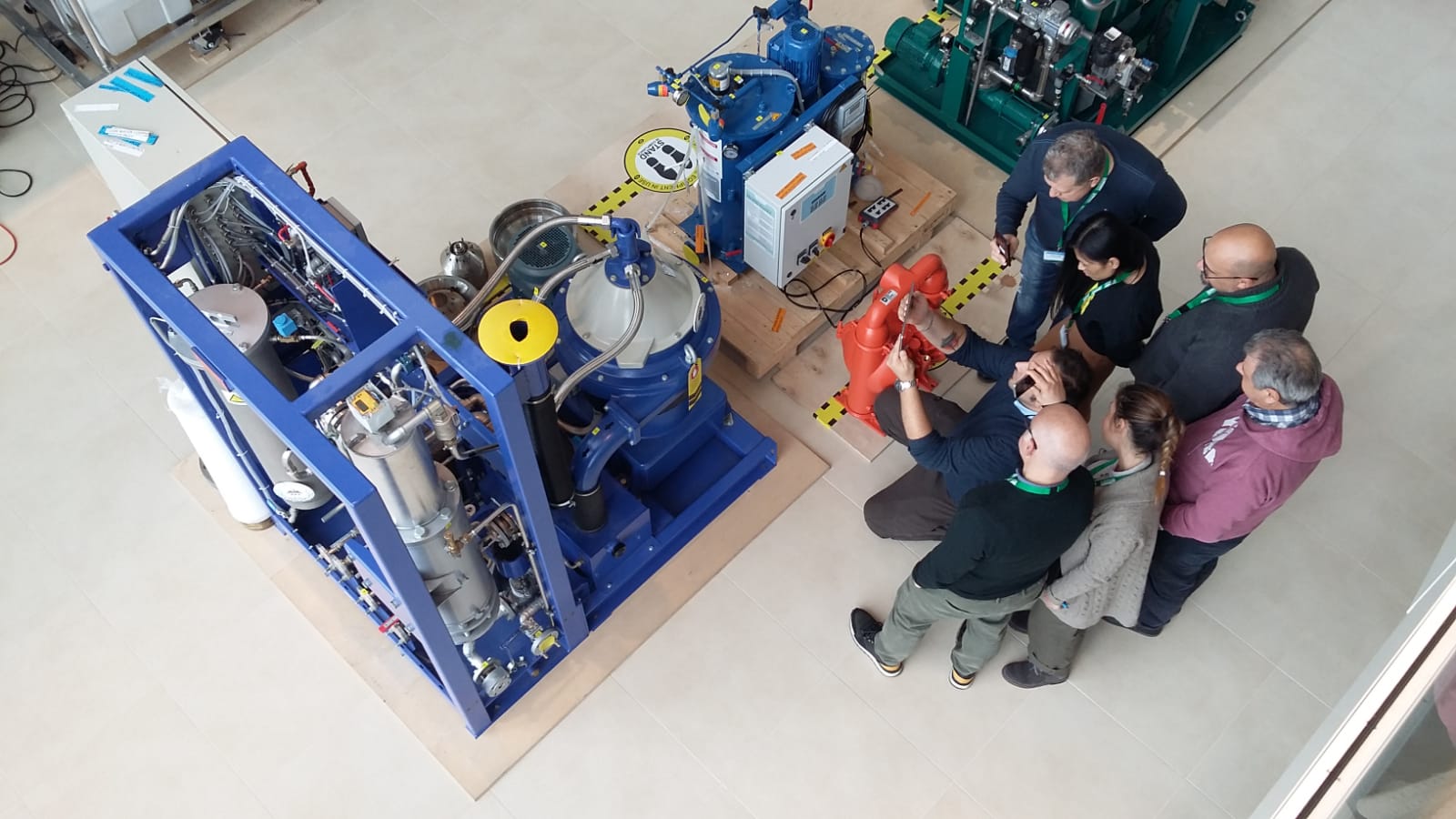
The job doesn’t stop there though – it is vital to understand the impact your training is making. This is again where the work laid down in the discover phase begins to pay off. We have established success metrics unique to your business, and can provide data tailored to these. We also use a platform called ThinkTank to help give real insight into the behaviour changes that our learning has produced. Download our latest L&D ThinkTank report here.
So if you are still stuck on ADDIE, or are just looking for a more streamlined approach to digital learning development, then get in touch with Logicearth to learn more. Whatever the scale of the project, our process ensures that we get your requirements right, and that you know exactly what is happening at every stage of design and development. It helps us plan for delivery and impact assessment from the very start, effectively involve creative teams from around the business, and keep your learners front and centre of our thinking
Now that’s thinking fourth dimensionally...
Logicearth works with organisations of all sizes to provide tailor-made digital learning solutions. As an agnostic company, we will find the right solution for your needs and will partner with you throughout the process. Contact us today and speak to one of our learning constants.


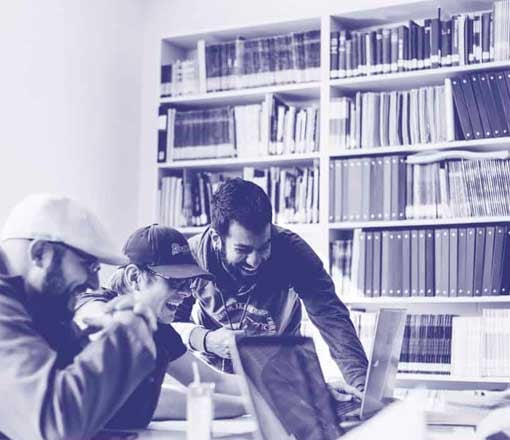
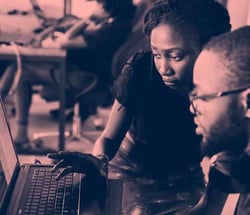

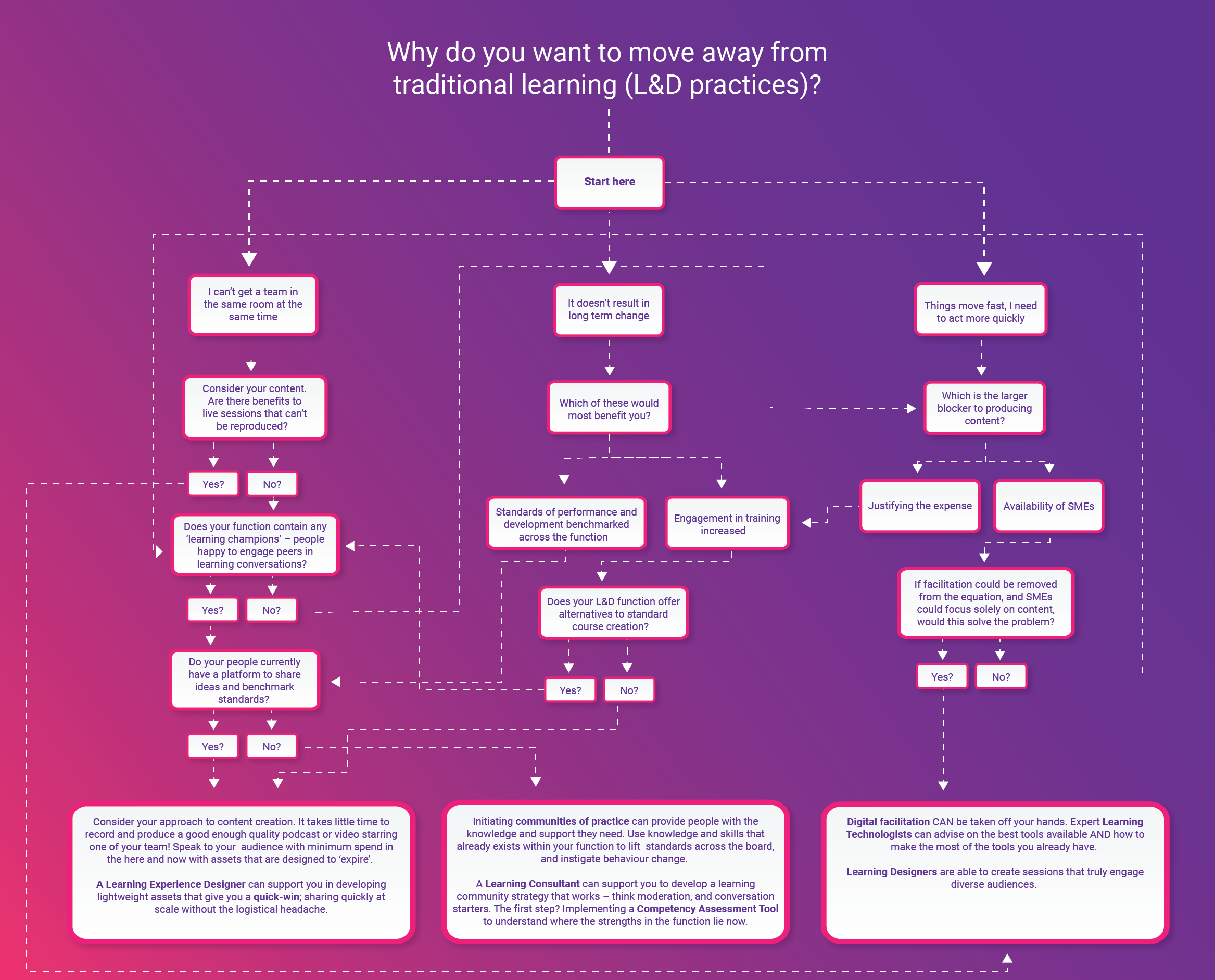



Was this article helpful?